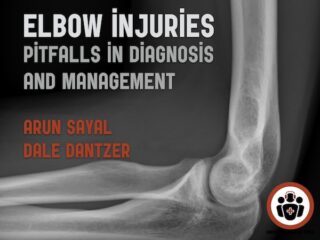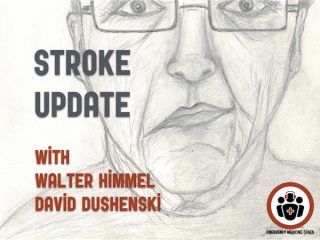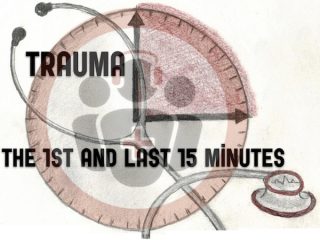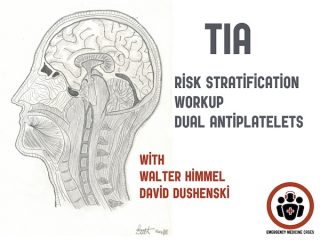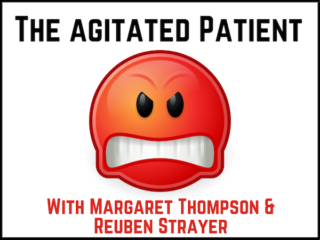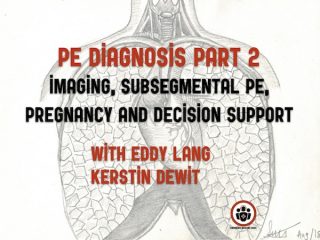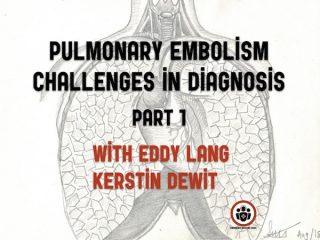EM Cases Main Episodes are round table in-depth discussions with 2 or more EM Cases guest experts, inherently peer reviewed, and edited for a podcast.
Ep 122 Sepsis and Septic Shock – What Matters from EM Cases Course
In this podcast Dr. Sara Gray, intensivist and emergency physician, co-author of The CAEP Sepsis Guidelines, answers questions such as: How does one best recognize occult septic shock? How does SIRS, qSOFA and NEWS compare in predicting poor outcomes in septic patients? Which fluid and how much fluid is best for resuscitation of the septic shock patients? What are the indications for norepinephrine, and when in the resuscitation should it be given, in light of the CENSER trial? What are the goals of resuscitation in the patient with sepsis or septic shock? When should antibiotics administered, given that the latest Surviving Sepsis Campaign Guidelines recommend that antibiotics be administered within one hour of arrival for all patients suspected of sepsis or septic shock? What are the indications for a second vasopressor after norepinephrine? Given the conflicting evidence for steroids in sepsis, what are the indications for steroids? Should we be considering steroids with Vitamin C and thiamine for patients in septic shock? What are the pitfalls of lactate interpretation, and how do serial lactates compare to capillary refill in predicting poor outcomes in light of the ANDROMEDA trial? Is procalcitonin a valuable prognostic indicator in septic patients? and many more...

